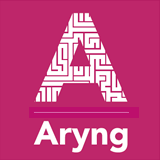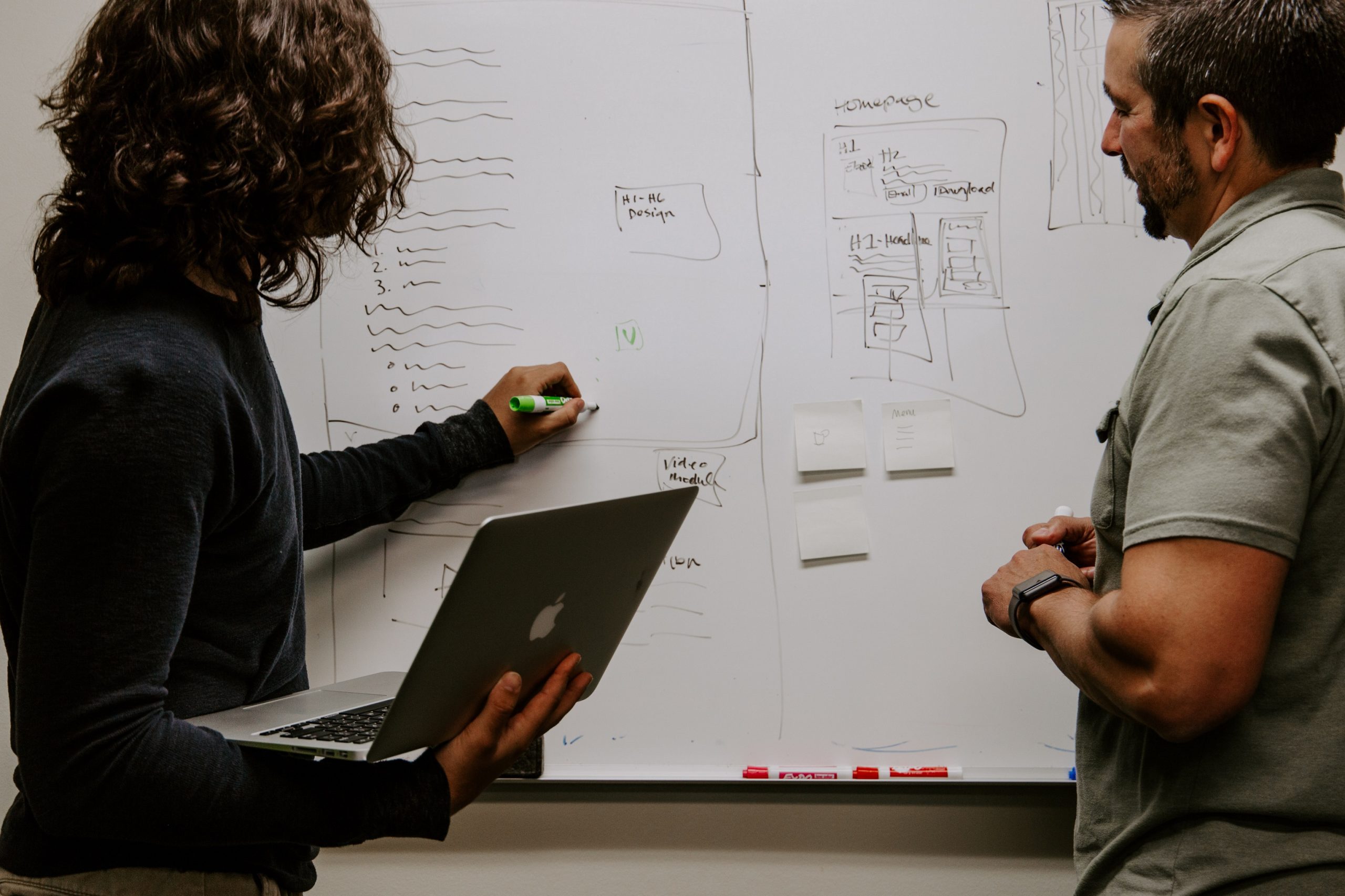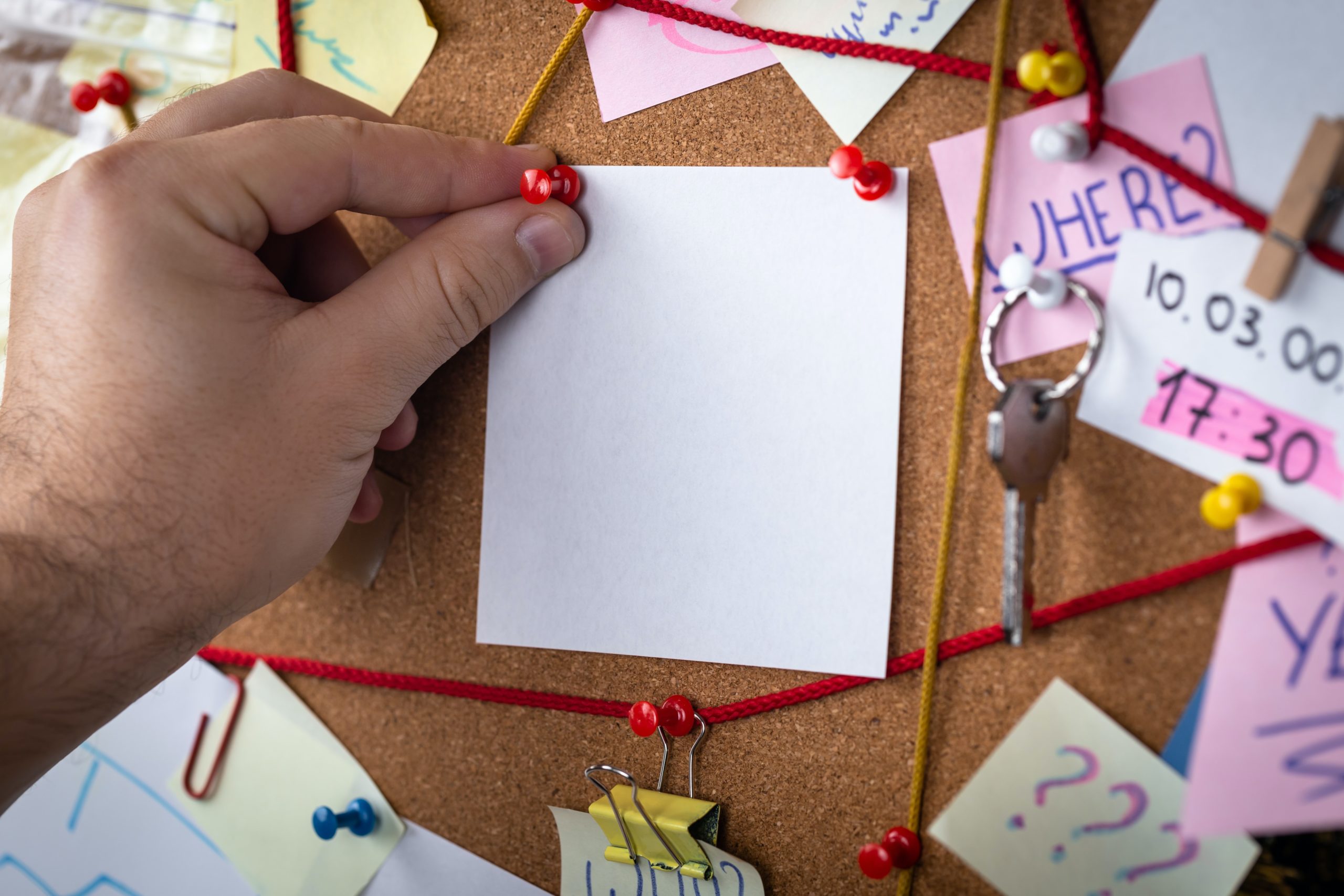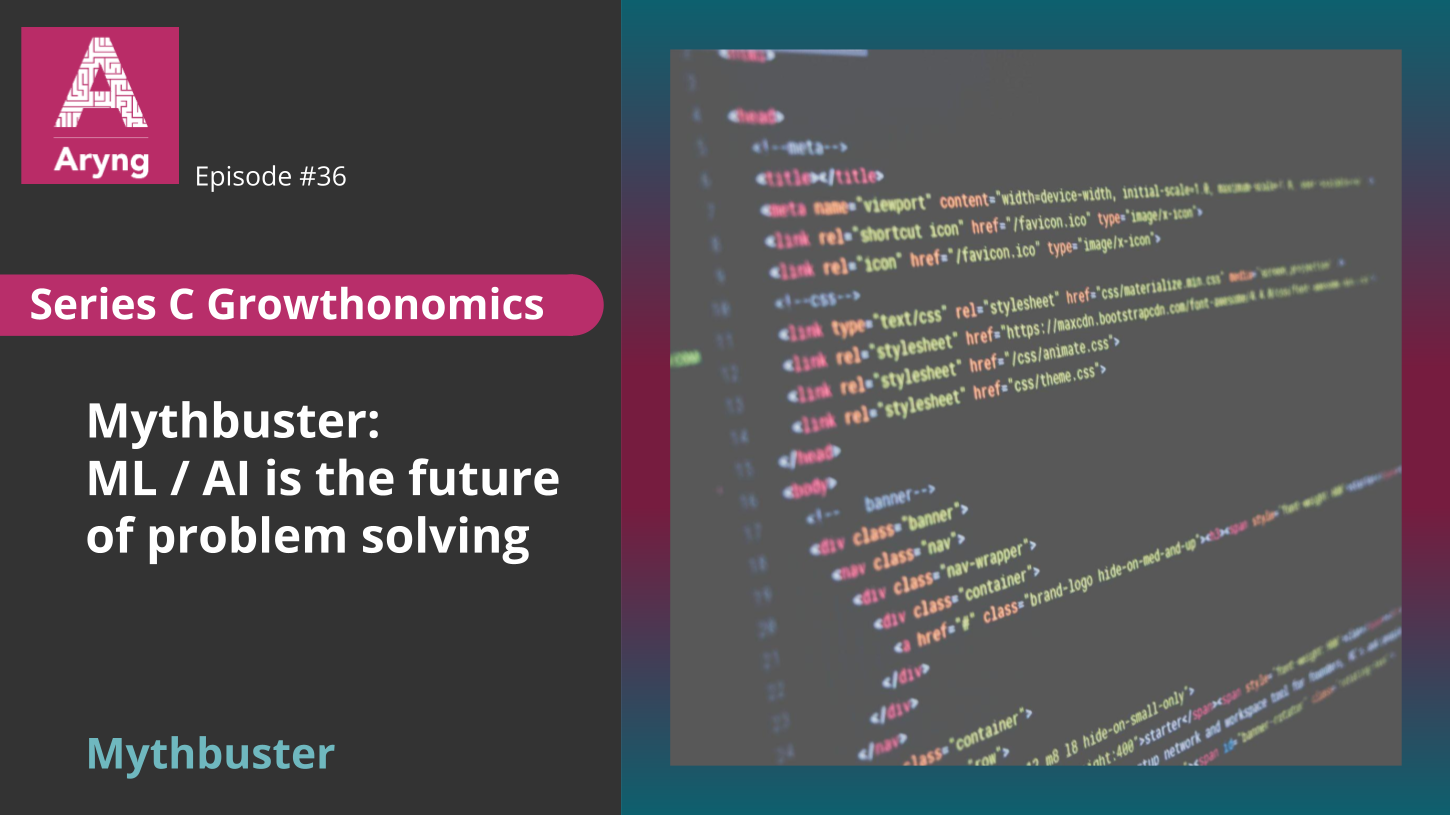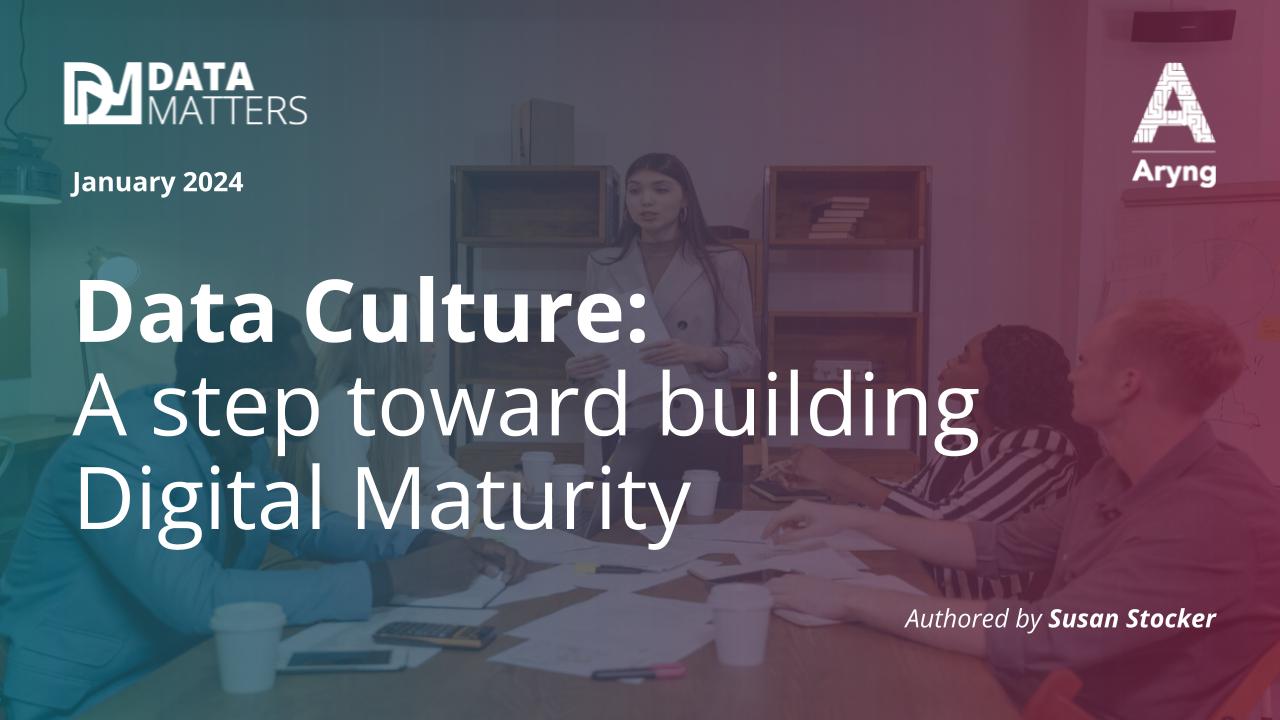In digital transformation, the most challenging thing to do is scale. That’s where data analytics process comes in.
According to a McKinsey survey*, fewer than 28% successfully scale and achieve full business impact. About 14% stall in their pilot phase, and 44% stall during scaling. Among the top reasons cited were the failure to plan for and drive adoption and the failure to capture value.
Digital transformation does not happen without the ability to create new business value through data. That is Aryng’s definition of data literacy. Data literate is a term we use to describe an organization or a community versus an individual.
So, what do data-literate organizations do well?
As the survey says, they plan and drive adoption and capture value. To drive adoption at the organizational level, you need a data analytics process/framework that establishes new ways of working together, especially across functions.
Before jumping into the case study, what is a data analytics framework, and who uses it? It depends on whom you ask.
Data experts will generally agree that data analysis is the process of cleaning, changing, and processing raw data and extracting actionable, relevant information that helps businesses make informed decisions. Ask business leaders, and they would say it is how data is managed to support users and the analysis of data to drive decisions and outcomes. But they don’t know what process is used to do this.
Our case study tells a different story.
Background for data analytics process
In the online payments industry, “conversion rate” is a crucial metric. When a buyer places items in their cart and goes on to make the purchase, this is called a “conversion.”
Industry data shows 7 in 10 buyers abandon or leave items in their carts. Data also shows that 57% will not finish the payment process if the page takes longer than 3 seconds to load.
When the customer starts but does not finish the payment process, this is called a “drop.”
It is estimated that about $4 trillion of potential revenue was left in shopping carts, in 2021, across all of eCommerce.
Objective
In this case study, we talk about the case of a payment technology company; let us call it the Zeta company.
Zeta’s conversion rate had been decreasing month by month. The Senior Vice President of Product wanted to use data to quantify the detractors of conversion so appropriate teams could take action to improve the cart conversion.
Zeta collected a fee for processed payments. So, Zeta’s revenue was also down if the conversion was down.
The Product team gathered “bug report” data, suspecting engineering bugs in the cart were causing latency issues leading to drops. They also looked at Customer Support complaints to see if callers were satisfied with handling their issues.
This caused tension between the product, engineering, and customer support teams. While the reports showed problems, there hadn’t been pushback and a lack of agreement on what to do.
Solution
The SVP of Product and SVP of Engineering co-sponsored a project and empowered a cross-functional team that brought together the relevant functions and data experts. They started with training on Aryng’s BADIR framework and then got to work.
Steps in the BADIR framework aligned all the stakeholders on a standard view of the problem.
Next, the team developed many hypotheses around possible causes of drops. Top hypotheses enabled data scientists to do a fast data pull. Regression and machine learning was used to find the detractors of conversion.
Results
The team identified 5 top reasons for conversion drops, such as page load time and confusing verbiage on the payment options. The team worked together on recommendations and presented them to their project sponsors and stakeholders.
Business Impact
The team fixed the top issues and captured Zeta’s $20M in incremental revenue.
BADIR builds trust
The data analytics framework is for leaders, business experts, and data experts.
Key takeaway: The most significant gap in organizational data literacy today is the lack of a data analytics process or framework that delivers business impact and is adopted across the organization.
A practical, scalable data analytics framework does four things.
- Align – give your leaders a way to create alignment on their highest priorities quickly.
- Empower – give your people the tools, common language, and steps to collaborate and remove silos that keep you from unlocking the value and potential of your data.
- Change – develop critical thinking and a data-driven mindset. Develop data skills in business people and business skills in data people.
- Deliver – create new business value through data.
Other data analytics processes sound similar. However,
- They are focused only on the treatment of the data and lack details on the collaboration between data and business experts.
- They don’t have a record of results or business impact.
- They are a collection of conceptual models and lack any details or structure on how to use them. There is no connection to business results.
Put into context with other proven frameworks,
- LEAN unlocks the power of time to remove waste and deliver efficiency and value,
- DMAIC unlocks the power of precision and accuracy to deliver quality and value,
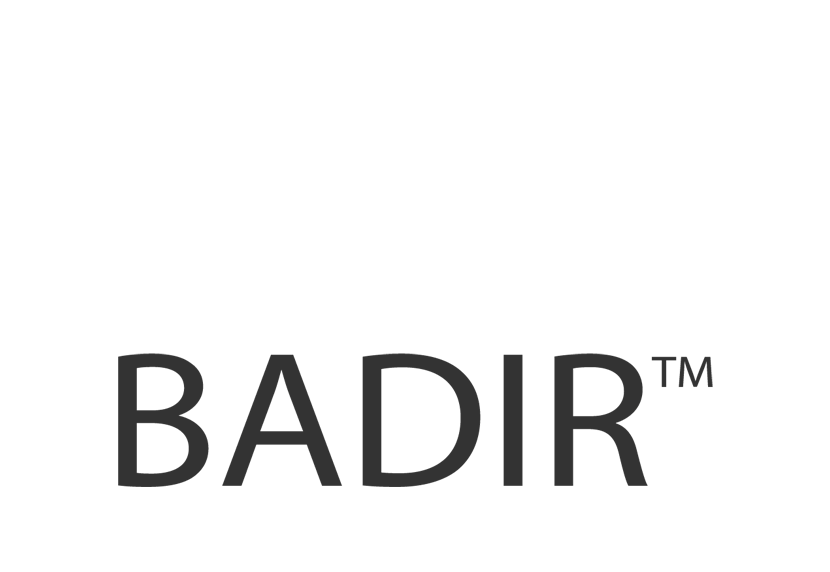 BADIR unlocks the power of data to deliver insights that lead to growth and value.
BADIR unlocks the power of data to deliver insights that lead to growth and value.
BADIR is the only framework that combines data science with decision science and is proven. Over 200 companies have used it to deliver $ 200+ million in results.
What can BADIR do for your organization?
For more information, contact Susan Stocker, Data Literacy Consultant, at susan@aryng.com or visit us at aryng.com.
